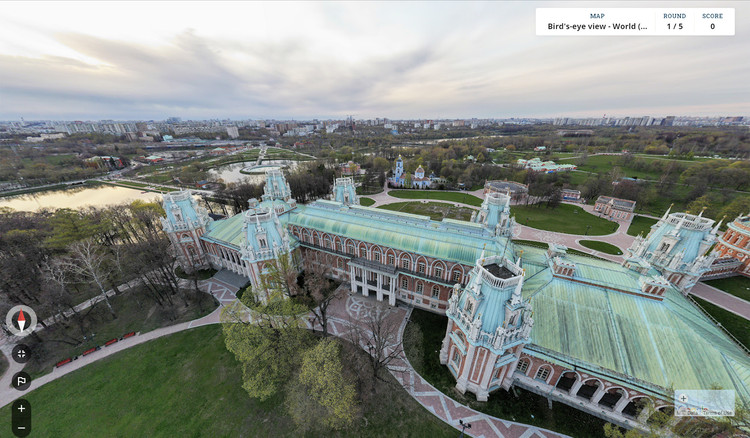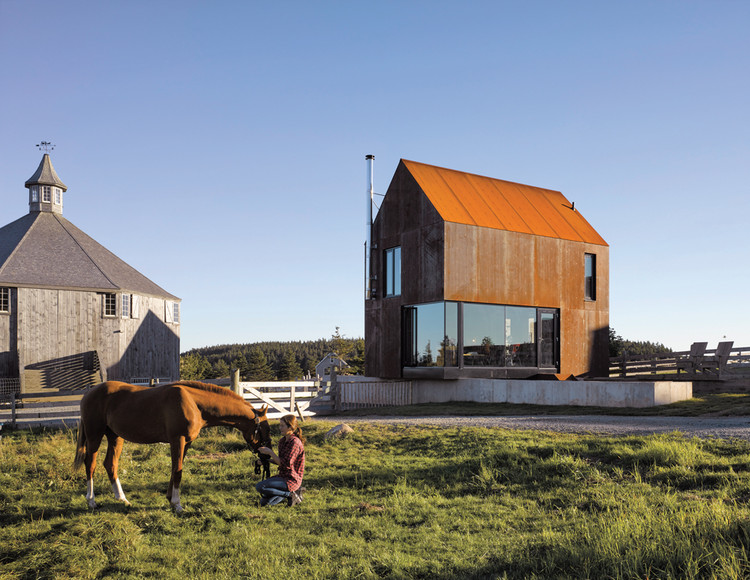
This article was originally published on Common Edge.
In spite of the lull in the global construction industry over the last couple of years, megacity projects in Africa have continued unabated, as new developments are springing up in major cities all over the continent. Though we’re inspired by the growth of modern African cities and the opportunities offered to city residents, we shouldn’t ignore their shortcomings, the glaring disconnect between the utopian visions of local city officials and the economic and cultural realities of the local populations who live here. Many questions whether these new cities could be built in other ways, or if Africans will ever have an alternative to the current model of placemaking, hodgepodge urbanism foisted on it, largely by colonialists.
































AestheticaStudio_VanBurenSt.jpg?1623834247)
AestheticaStudio_Aerial.jpg?1623834275)
AestheticaStudio_ViewFromCTA.jpg?1623830118)
AestheticaStudio_NeighborHub.jpg?1623833511)
AestheticaStudio_1.jpg?1623829482)








